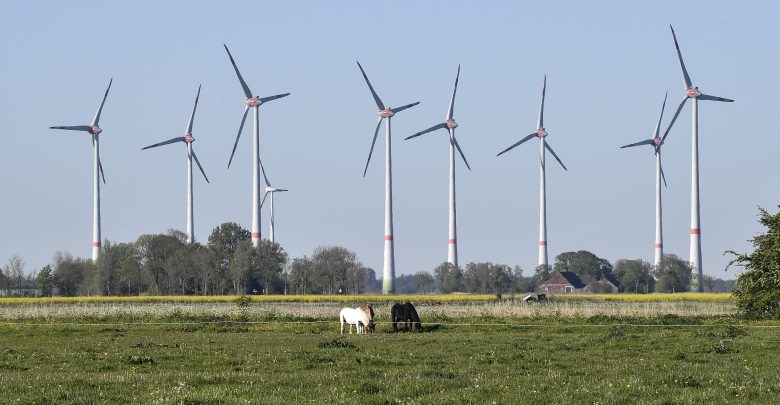Kansas Governor touts Kansas as a wind energy leader in the US

TOPEKA – Governor Laura Kelly today touted Kansas as a leader in wind energy, citing the recently released Wind Energy Market Report from the U.S. Department of Energy.
“The latest report from the Department of Energy confirms that Kansas is a national leader in wind energy and is poised for even more growth in the coming years,” Governor Kelly said. “My administration will continue supporting our businesses and our nation in meeting aggressive and imperative energy goals.”
According to the report, land-based wind energy supplied 45.1% of Kansas’ electricity generation in 2021, making it third in the nation. In addition, Kansas has continued to bring on more wind energy capacity over the past year. The state ranked fourth in annual growth of wind capacity (1,228 MW) and cumulative wind capacity (8,245 MW) in 2021.
“As our state’s top source for electricity generation, Kansas wind is powering huge new opportunities for businesses and communities to join the transformation that is well underway across our economy,” said Lieutenant Governor and Secretary of Commerce David Toland. “With billions of dollars in investment, thousands of jobs, new wind projects coming online and huge wind energy potential, Kansas will continue to lead the way in the renewable energy of the future.”
The wind energy industry has attracted more than $15 billion in investment to the state, impacting the Kansas economy through the creation of thousands of direct and indirect jobs — from operations and maintenance, to construction, manufacturing, and engineering. The industry also benefits the state by contracting with Kansas service providers, purchasing equipment produced in the state, investing in communities, and providing long-term lease payments to landowners in rural Kansas.
Kansas is leading the nation in wind capacity, adding more than 1,000 MW of land-based capacity in 2021 and being one of only three states that completed a large-scale distributed wind project in 2021. Distributed wind projects consist of turbines that serve on-site energy demand or support operation of local electricity distribution networks.
As corporate sustainability goals come to the forefront of planning, interest in renewable energy options continues to rise, with a number of companies committing to 100% renewable electricity. As those corporate leaders make decisions about how they will meet these goals and where they will invest and grow, Kansas is positioned to offer greater choice in the purchase of renewable energy at a competitive rate.
“The energy industry has evolved rapidly in recent years and Kansas has been a leader in driving that change, which has benefitted ratepayers, created more than 20,000 new jobs, and driven more than $15 billion in private investment in rural and urban areas alike. Kansas has the natural resources and policies that developers want and need in order to grow our clean energy capacity,” said Kimberly Svaty of the Kansas Power Alliance. “By maintaining Kansas’ strong environment for clean, homegrown energy investment, we can ensure continued growth for all Kansans for decades to come.”



